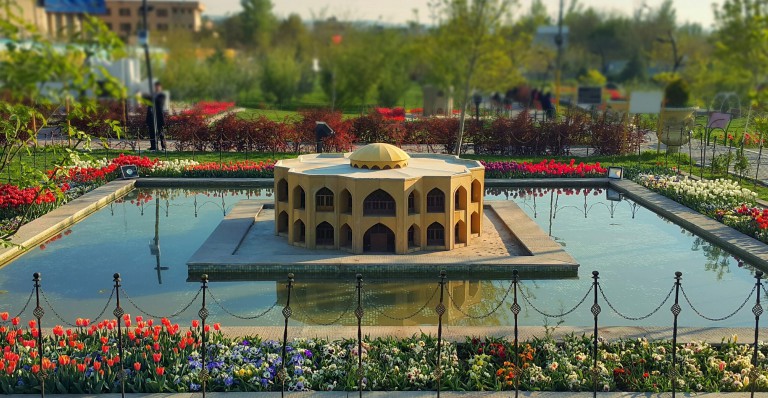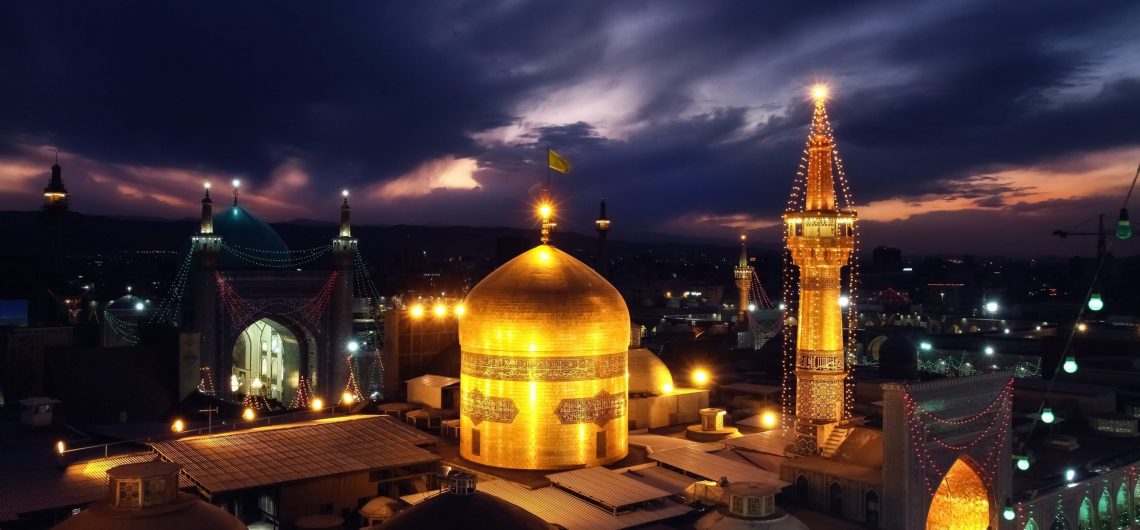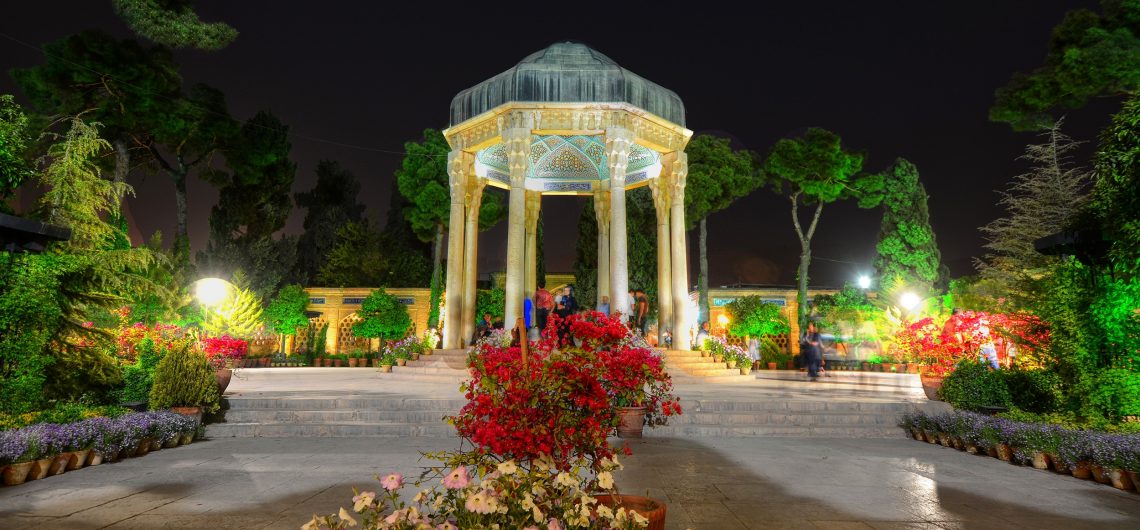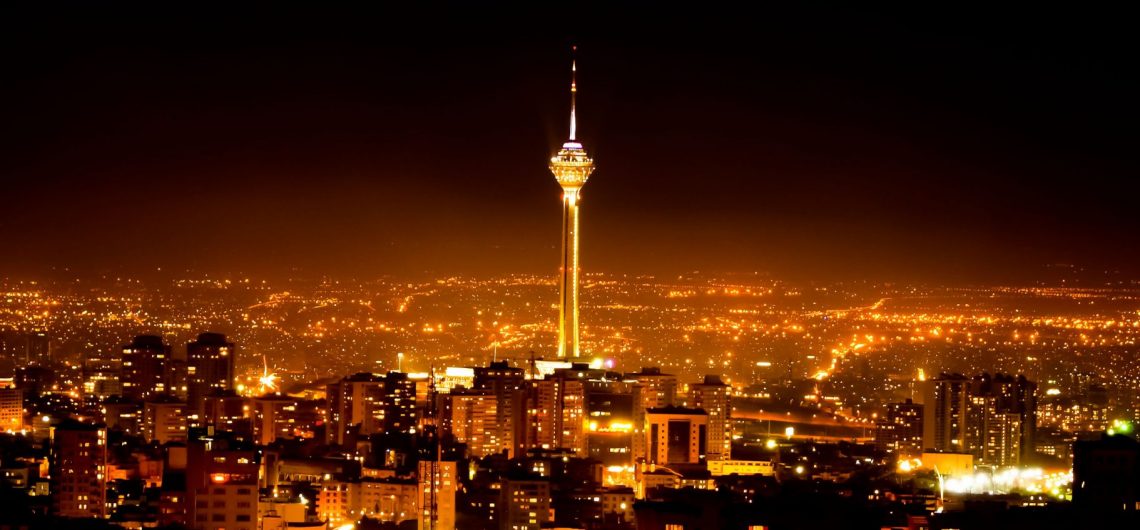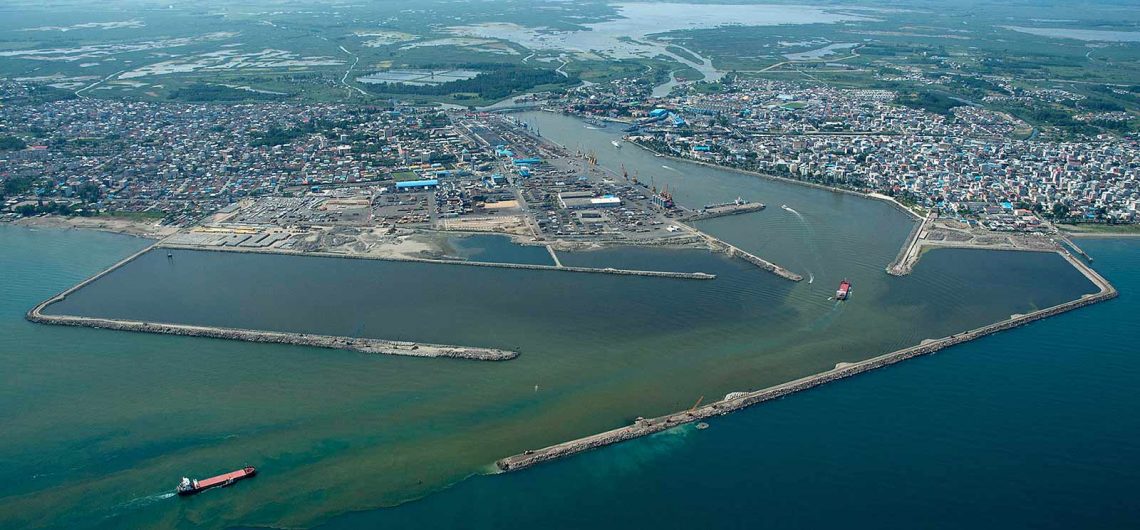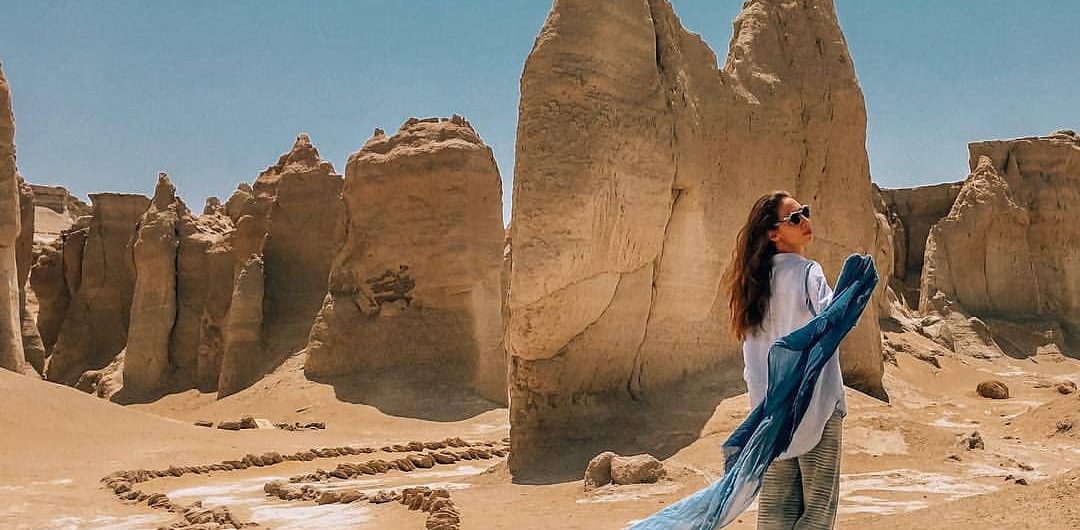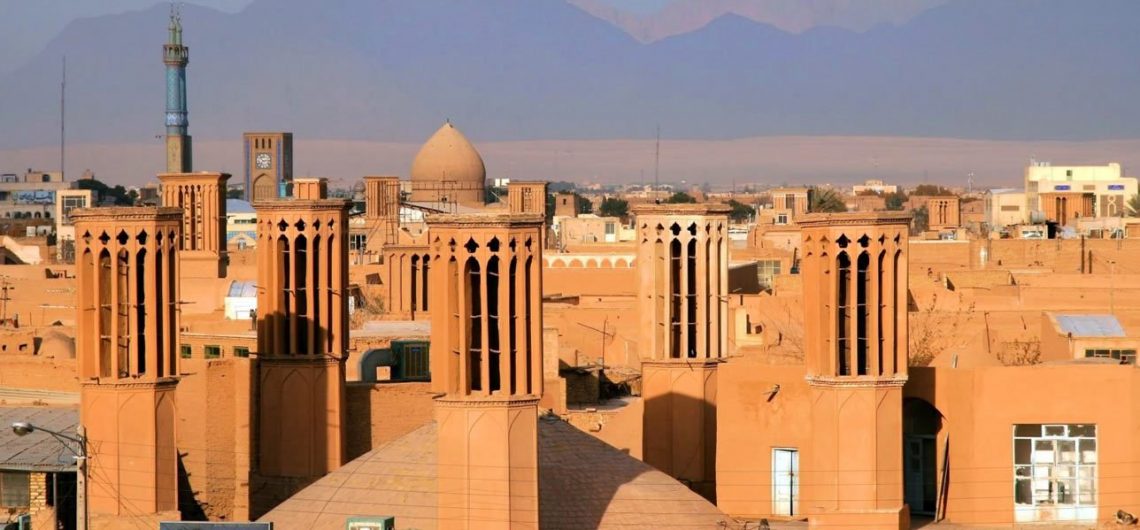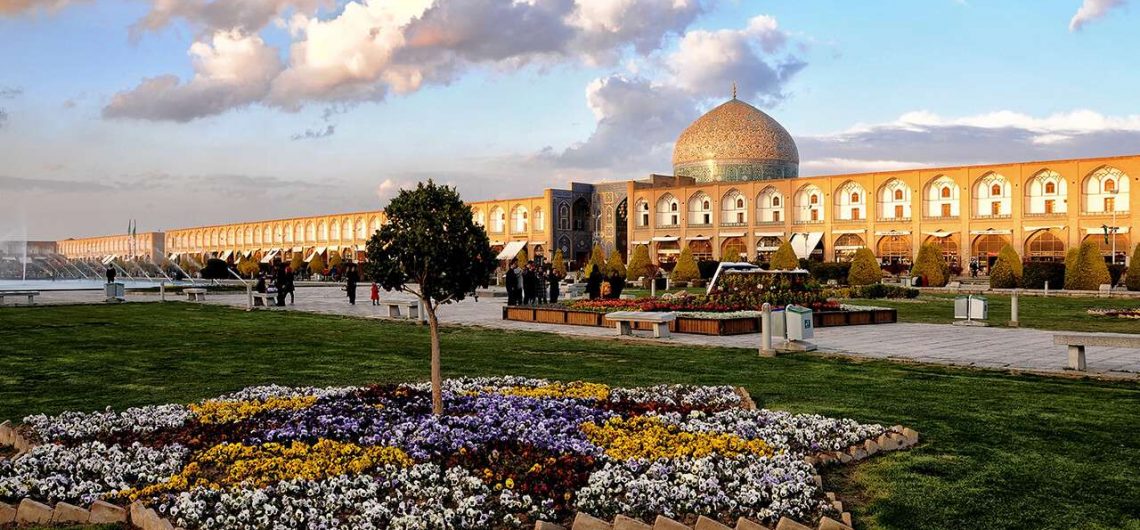Beryani is one of the famous cuisine of Iran that is famous in other countries and is very popular among Iranians. This dish belongs to the city of Isfahan and is considered the most famous traditional food of Isfahan. Beryani is the only Esfahan specialty food that is separate and unique and usually not cooked with other foods, and it shows its importance to Isfahanis. Of course, only the original Isfahanis know that the name of this dish is Beryan and the rest are called Beryani by mistake. The word Beryani in Isfahan refers to the place and shop of
The holy city of Mashhad in northeastern Iran is the center of Khorasan Razavi province. It is the second most populous city in Iran. Due to the presence of Imam Reza(AS), there are 32 million domestic and 1 million foreign pilgrims annually. Mashhad has a variable but temperate cold and dry climate, with hot and dry summers and cold and humid winters. One of the first and foremost places of interest in Mashhad is the shrine of Imam Reza(AS). The city of Mashhad is also known as the spiritual capital of Iran due to the presence of Imam Reza(AS) Shrine.
Persepolis, is a mirror of ancient Iranian land history and culture, as ordered by Darius the Great in 1124 and about 125,000 square meters, built as one of the architectural masterpieces of its time worldwide. It is also one of the most spectacular places in Shiraz to visit. Persepolis in fact is the culmination of the elegance and creativity of Iranian artists in applying the cultures of various peoples such as Egyptians, Babylonians, Greeks, Medes, and Armenians who were under the control and command of the Achaemenids. Darius’s purpose in building this was to build a capital in his empire
Tehran is the capital and largest city of Iran. It has a population of 8 million and is the 25th most populous city in the world. This city has many places, no matter what the traffic, and its air pollution, it is a sight to behold. Saad Abad Historical Cultural Complex is a collection of mansions and palaces built in Darband, the northern most affluent and most humid area of Alvand, on a land of 2 hectares. The complex has about 1 hectare of natural forests, springs, aqueducts, gardens, greenhouses and streets. It is bounded on the north by the
Kish Island, formerly known as Qays, has always been part of Iran during the Achaemenid, Sassanid, and Parthian dynasties. This island fell into the hands of the Umayyad caliphs with the spread of Islam, and was later returned to Iran by an individual from all the Persian Gulf islands. During the Seljuk period, Kish became the largest commercial center of the Persian Gulf. In time, a delegation of American and Iranian advisers set out to visit the island. Kish tourism areas, which include the beautiful coral beaches, have made the island an international tourist center. The island’s economy is now
Qeshm is the largest island in Hormozgan and has amazing nature. Qeshm, the island of water and the sun and its soil is like a rainbow full of color. That is why its nature is considered one of the Seven Wonders. The Valley of Stars is a very beautiful natural occurrence in Qeshm that is believed to be shaped by the falling stars on the ground. The features and sightseeing of the Valley of Star made it a part of the UNESCO World Heritage Site as part of the Qeshm Island GeoPark. Qeshm Geo Park with its beautiful natural and
The Jameh Mosque of Yazd has the tallest minarets in Iran and can be seen from all over the city. This mosque is one of the most valuable sights in Yazd which is also listed in the list of national monuments of Iran. Yazd Mosque has a high veranda, two bedrooms, two heated houses, a dome, two porches and a large rectangular courtyard. The Grand Mosque of Yazd, which has six entrances, is full of artistic delicacies that you should not overlook when visiting this attraction. Amirchaghmaq square is in Yazd. Amir Chakhmaq complex of Yazd including bazaar, Takayeh, mosque
Isfahan is a historical city in the center of Iran. The city is the center of Isfahan province. Isfahan is Iran’s third largest city and the third most populous city after Tehran and Mashhad. It is also one hundred and sixty-five most populous cities in the world and the ninth most populous city in West Asia. The city became the capital of Iran between the years 1722 and 1050, especially in the sixteenth century, during the Safavid kingdom, and prospered greatly. There are numerous monuments in the city, some of which are registered as UNESCO’s heritage sites. The city is
During the Timurid era the Naqsh-e Jahan square was made in smaller size. This field was expanded to the present form of Shah Abbas I. Most of the buildings around this square were also built during this period. As the capital of the country moved from Isfahan to Shiraz, the importance of the World’s Square became less and less important. History of the Naqsh-e Jahan Square The square and its surrounding buildings were mostly destroyed during the Qajar period, but with the coming of the Pahlavi government, all the buildings around the square were completely repaired. To date, these buildings


